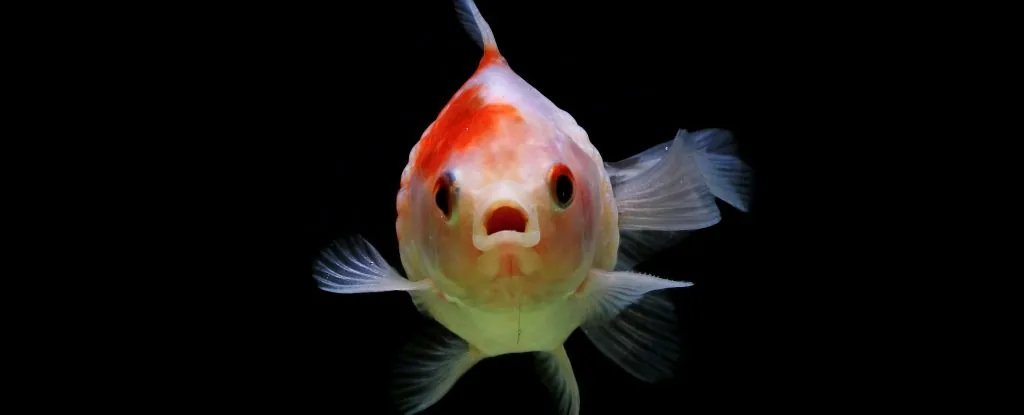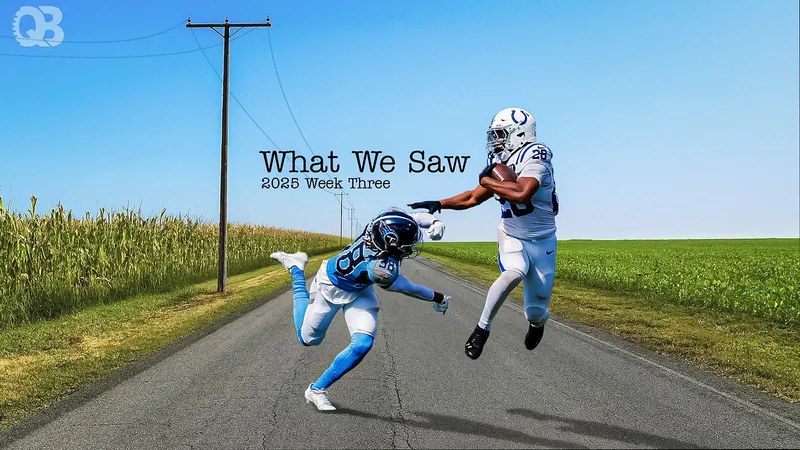
From Fish Buttholes to Human Fingers: A Surprising Evolutionary Link
2025-09-22
Author: Liam
The Astonishing Connection Between Fish and Human Digits
Could the reason we have fingers today be traced back to fish anatomy? A groundbreaking study reveals that the genetic blueprint controlling the formation of our fingers and toes originated with the cloacas of ancient fish, dating back a staggering 380 million years.
This fascinating discovery showcases nature's resourcefulness: instead of creating entirely new genetic tools, evolution simply repurposes what’s already available. As developmental geneticist Denis Duboule from the University of Geneva aptly puts it, "Why build new genetic tools from scratch when existing ones can be repurposed for the job?"
Recycling Genes: Nature’s Ingenious Strategy
Scientists have long pondered how our four-limbed ancestors transitioned from fins to fingers. While one theory points to disruptive changes in fin structures, this new research offers a compelling alternative perspective.
The development of digits is orchestrated by a group of genes known as Hoxd. By examining the genomes of fish and mice, researchers uncovered remarkable insights into the regulatory regions adjacent to these genes. Surprisingly, while zebrafish lack digits and certain Hoxd genes, they still possess the genetic landscape needed for digit formation, hinting at a different evolutionary role.
A Closer Look at Gene Functionality
In their quest for understanding, the research team utilized fluorescent markers to observe gene expression in zebrafish and mouse embryos. The results were striking: in mouse embryos, the markers illuminated the developing fingers, while in zebrafish, they highlighted the cloaca.
Further experimentation using CRISPR-Cas9 techniques demonstrated the crucial role of these regulatory elements. When they deleted the regulatory regions in mice, the development of fingers and toes faltered. Conversely, in zebrafish, it was the cloaca that failed to form properly, indicating its original role in fish anatomy.
Making Sense of Evolution’s Master Plan
The researchers propose that as four-limbed creatures evolved from fish, this ancient landscape was adapted to create new structures—our fingers and toes. Geneticist Aurélie Hintermann, who contributed to the study, noted, "Both the cloaca and the digits represent terminal parts, marking the end of tubes in different biological systems."
Interestingly, this blending of functions highlights nature’s tendency to adapt and innovate. As we continue to explore the intricate connections between various life forms on Earth, one thing is clear: our understanding of genetics and evolution is more fascinating than ever.
Redefining 'Fish Fingers'
With these revelations, the term ‘fish fingers’ takes on an entirely new meaning. The next time you hear it, remember the deep evolutionary ties that link our digits to the humble cloaca of ancient fish.









 Brasil (PT)
Brasil (PT)
 Canada (EN)
Canada (EN)
 Chile (ES)
Chile (ES)
 Česko (CS)
Česko (CS)
 대한민국 (KO)
대한민국 (KO)
 España (ES)
España (ES)
 France (FR)
France (FR)
 Hong Kong (EN)
Hong Kong (EN)
 Italia (IT)
Italia (IT)
 日本 (JA)
日本 (JA)
 Magyarország (HU)
Magyarország (HU)
 Norge (NO)
Norge (NO)
 Polska (PL)
Polska (PL)
 Schweiz (DE)
Schweiz (DE)
 Singapore (EN)
Singapore (EN)
 Sverige (SV)
Sverige (SV)
 Suomi (FI)
Suomi (FI)
 Türkiye (TR)
Türkiye (TR)
 الإمارات العربية المتحدة (AR)
الإمارات العربية المتحدة (AR)